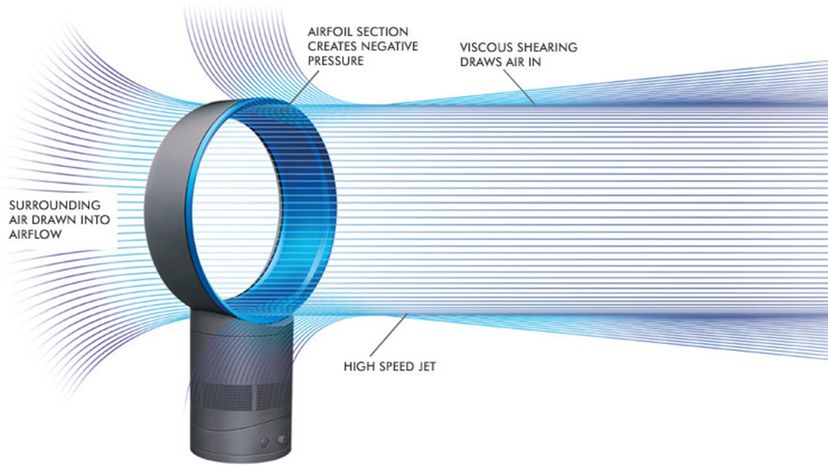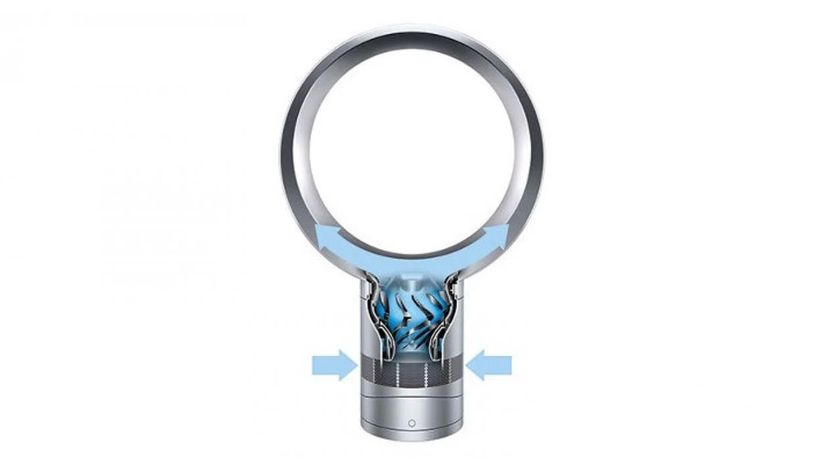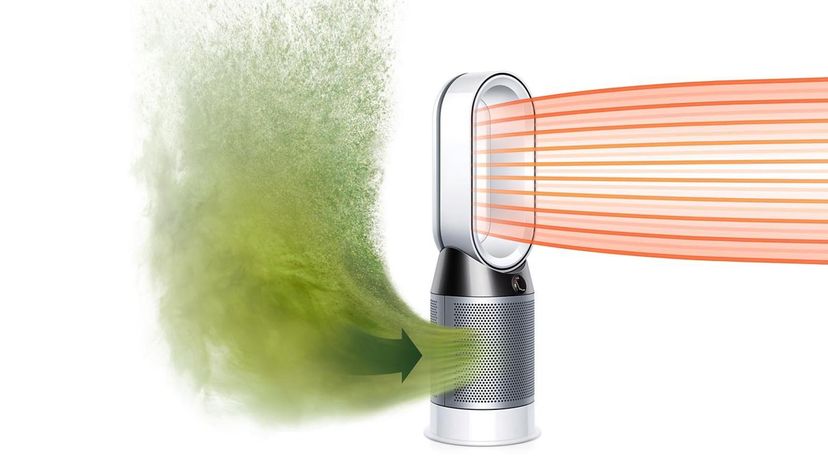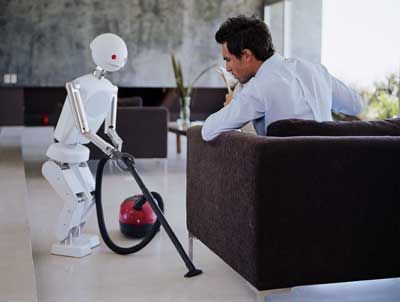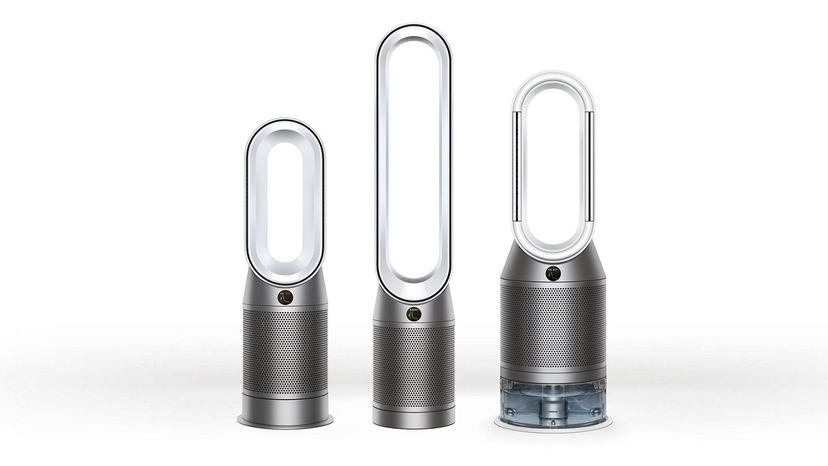
In October 2009, James Dyson's consumer electronics company, famous for its line of vacuum cleaners, introduced a new device to the market called the Dyson Air Multiplier. The Air Multiplier was a fan with an unusual characteristic: no visible blades. It appeared to be just a shallow circular tube mounted on a pedestal.
Dyson has since expanded its family of air treatment products, which use the same bladeless fan technology and now include air purifying abilities. Some of them also work as humidifiers for dry rooms, and some work as both heaters and fans that move air.
Advertisement
But just looking at these devices, you wouldn't expect to feel a warm or cool breeze coming from them. There are no moving parts in sight. But when they're turned on, you feel blowing air. So how do they work? How can an open circle push air without fan blades?
As you might imagine, there are a few scientific principles at play here. There's also an electronic element. While the tube doesn't have any blades inside it, the pedestal of the fan contains a brushless electric motor that takes in air and feeds it into the circular tube. Air flows along the inside of the device until it reaches a slit inside the tube. This provides the basic airflow that creates the breeze you feel if you're in front of the fan.
According to Dyson, the breeze generated by these devices are more consistent and steadier than one from a standard fan with blades. Since there are no rotating blades, the breeze from the fan doesn't buffet you with short gusts of air.
What's the secret behind the technology?
Advertisement
